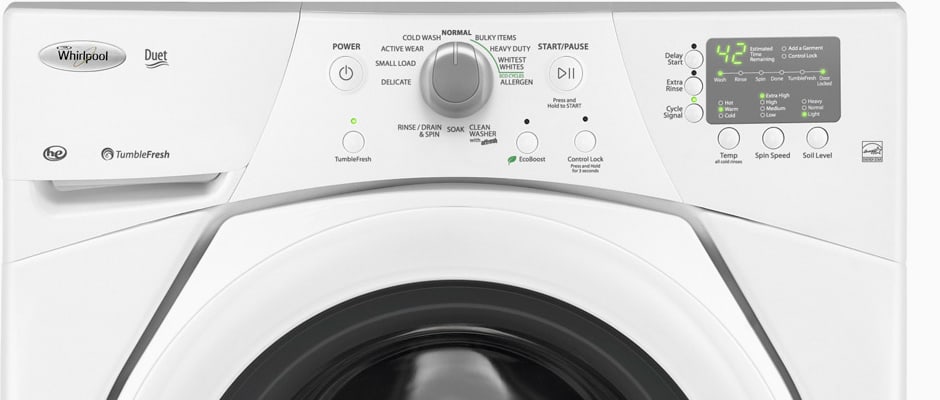Introduction
Front
{{section_header}}{{section.name}}{{/section_header}}
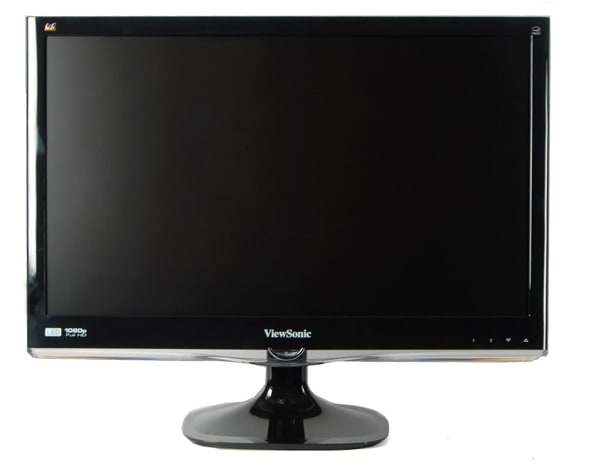
Controls
{{section_header}}{{section.name}}{{/section_header}}
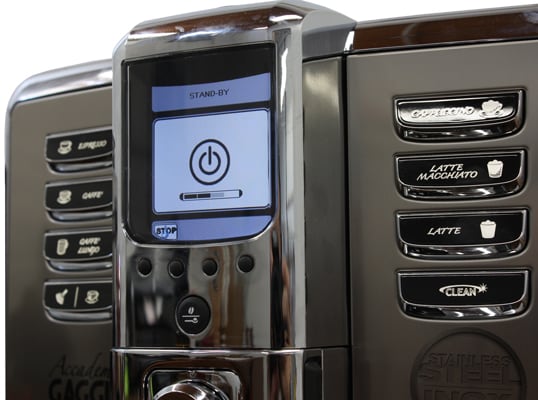
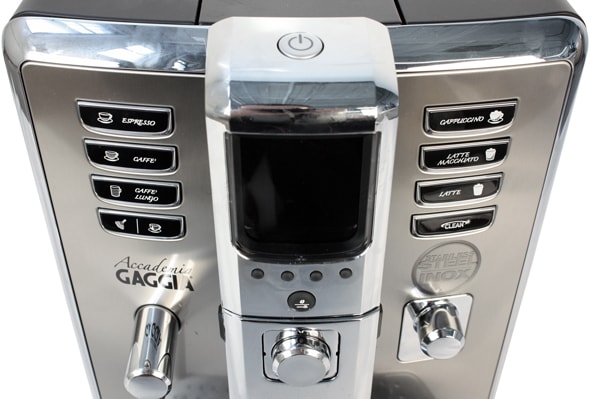
Drawer
{{section_header}}{{section.name}}{{/section_header}}
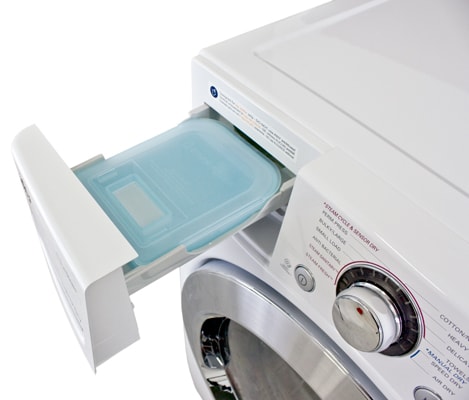
Interior
{{section_header}}{{section.name}}{{/section_header}}
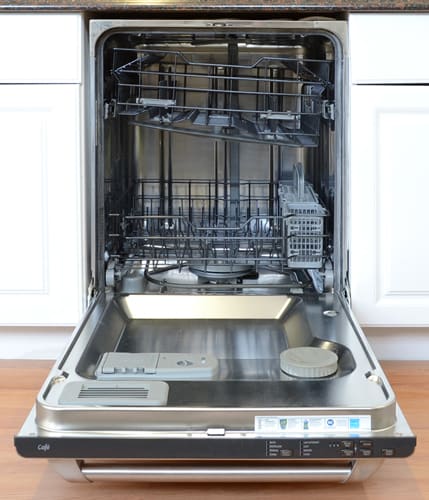
The interior of the CDWT980VSS.
Sides
{{section_header}}{{section.name}}{{/section_header}}

Olympus SZ-31MR iHS side views
Back
{{section_header}}{{section.name}}{{/section_header}}
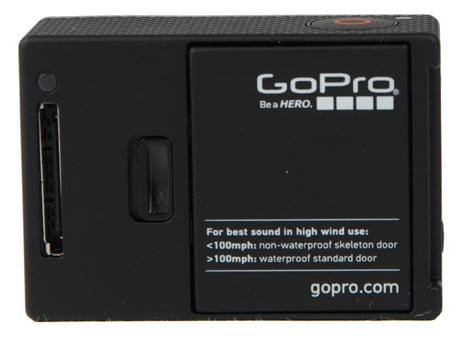
Electricity Use
{{section_header}}{{section.name}}{{/section_header}}
Washers don't tend to use a lot of electricity, and the {{product.name}} is no exception. On average, it shouldn't add more than $5 per year to your electric bill.
Water Use
{{section_header}}{{section.name}}{{/section_header}}
The {{product.name}} uses slightly more water than other front loaders we've tested, but still far less than most top loading machines. The most miserly Cold Wash uses only seven gallons, while the Allergen cycle uses more than 23. Most other cycles fall between 11 and 15 gallons.
Cost Per Wash
{{section_header}}{{section.name}}{{/section_header}}
Cycle costs are extremely reasonable, ranging from less than four cents to 17 cents. Most cycles cost around a dime to run, and none of them are particularly expensive.
{{ attachments(5111902e7b8c2fcd1c000504)
Yearly Running Cost
{{section_header}}{{section.name}}{{/section_header}}
Assuming that your water and energy costs are similar to the national average, a year with this Whirlpool Duet should run you $38.09. Other front loading washers we've tested had yearly operating costs of less than $30, but the Duet is still cheaper than top loaders we've tested that can sometimes cost more than $60 per year.
{{ attachments(511190c27aea0ddc3a0006c4)
Washing Speed
{{section_header}}{{section.name}}{{/section_header}}
{{ attachments(511190a0f40aff8cf60006eb)
Washing Performance
{{ attachments(511190651711b3440a0005dd)
Normal/Permanent Press Cycle
The Duet did an excellent job on the often-used Normal cycle. In five minutes shy of an hour, the Whirlpool got most stains very close to white. It did its best work on blood, cocoa and wine stains, though it also did a decent job getting out carbon and oil.
{{ attachments(5111904a4ca087c55e000068)
Cotton/Whites Cycle
When set to Whitest Whites, the Duet did a superb job at getting out stains. Even hard to remove oil-based stains were diminished in appearance, and white wine stains all but disappeared. If you spill something on your favorite shirt and you’ve got a Whirlpool Duet WFW9151YW in your laundry room, choose this cycle.
{{ attachments(51118ff14ca087c55e000060)
Delicates Cycle
The Delicates cycle on the Whirlpool Duet WFW9151YW was a bit of a disappointment. It didn’t do a great job getting out stains and it also didn’t do very well at keeping clothes from undue wear. On the plus side, it only took a little more than a half hour.
{{ attachments(51118fff8713d07f68000e56)
Heavy Duty Cycle
The Heavy Duty cycle also didn’t live up to the expectations its name and 72 minute cycle time promised, barely outperforming the much shorter Normal wash. In addition, it really struggled with dirt and debris removal.
{{ attachments(5111903c7aea0ddc3a0006bb)
Quick Wash Cycle
The Small Load wash took 37 minutes and did an okay job getting out a variety of standard stains. For only about 15 more minutes of washing, however, our choice would be the Whirlpool Duet WFW9151YW’s excellent Normal cycle.
{{ attachments(511190747e822945bd0005f3)
Dirt Removal
If your clothes get really dirty, you’ll need to wash out all that debris. That’s why we add 25 grams of sand to some standard wash loads and see how much of it remains after cycles are complete. The Duet offered up an uneven performance on our debris tests, with excellent dirt removal on the Normal and Small Load cycles but not as good results on the Heavy Duty cycle.
{{ attachments(5111901f379d854ac5000640)
Clothes Wear
The Duet also wore down clothes a little more than we like to see. On an ideal washer, the mechanical action strips we use to test clothes wear emerge with fewer worn threads on the Delicate cycle than on others we’ve run. On the Duet, however, the same number of threads were worn on strips washed in both the Normal and Delicate cycles.
Water Retention
How well a washer spins out water determines how much time and energy your dryer needs to get clothes bone dry. In the case of the Whirlpool Duet WFW9151YW, clothes ended up a little more than 50 percent wet on average. Because it doesn’t use as intense a spin cycle, clothes put through the Delicate cycle ended up nearly twice their weight in water.
{{ attachments(5111908cf40aff8cf60006e7)
Washing Cycles
{{section_header}}{{section.name}}{{/section_header}}
The {{product.name}} has a full complement of all the cycles you'd expect on a washing machine — including the five cycles we test. It also has an Allergen cycle which uses more water and a longer soak to remove potential allergens. It lacks a Sanitize or steam cycle, but should suit most customers who stick to the basics.
{{ attachments(5111900e4ca087c55e000063)
Customization
{{section_header}}{{section.name}}{{/section_header}}
While there's no way to create a custom cycle from scratch or save a specialty cycle that you've made, the {{product.name}} does let you choose temperature, spin speed and soil level for nearly all cycles. You can also add an extra rinse, though a soak is considered a separate cycle.

Additional Wash Options
{{section_header}}{{section.name}}{{/section_header}}
Among its features, this Duet features EcoBoost, an option that slightly reduces water temperature to save money and energy. There's also TumbleFresh, which turns clothes over to keep them from getting musty from sitting in the washer after a cycle.

Washing Options
{{section_header}}{{section.name}}{{/section_header}}
{{ attachments(511190b4b1280c322700188b)
Detergent Dispenser
{{section_header}}{{section.name}}{{/section_header}}
The detergent dispenser slides out easily from the top left of the washer, and has spots for fabric softener and bleach in addition to liquid and powdered detergent.

Washer Door
{{section_header}}{{section.name}}{{/section_header}}
The {{product.name}}'s door is encased in a rather cheap-feeling plastic. Still, the hinges and locking mechanism felt well-built.

The interior of the CDWT980VSS.
Ease of Use
{{section_header}}{{section.name}}{{/section_header}}
While the {{product.name}}'s control panel layout is easy to understand, it does have a very small door opening that may be difficult for those with limited mobility to fit laundry into. Luckily, the drum inside is stainless steel.
Controls
{{section_header}}{{section.name}}{{/section_header}}
Unlike some washers we test, the {{product.name}}'s cycle selector knob remains on whichever wash you last used. That can be helpful if you use the same cycle over and over again. The surrounding control panel is a bit crowded, but all options and buttons are well-labeled and easy to push.


Efficiency
{{section_header}}{{section.name}}{{/section_header}}
With an annual cost to operate of around $38, the {{product.name}} is inefficient compared to other front loading machines we've tested. If you're replacing an older washer or a top loader, though, you'll still notice a dip in your electric bill.
Performance
{{section_header}}{{section.name}}{{/section_header}}
The Duet's Normal cycle was the best all-around performance this washer offered. Otherwise, every cycle had a sticking point that kept us from recommending it without reservation. The Delicates cycle, for instance, wasn't that gentle on clothes. The Heavy Duty cycle took longer than the Normal cycle for only slightly better results.
Features
{{section_header}}{{section.name}}{{/section_header}}
The {{product.name}} has a number of useful wash cycles, all of which can be customized to some degree. While it doesn't have the sanitizing or steam cycles that higher-end models feature, the Duet does have a number of helpful features including a cycle that removes allergens and an extended tumble that keeps clothes fresh.
Meet the tester
Keith was the Editor in Chief of Reviewed's appliance and automotive sites. His work has appeared in publications such as Wired, Car & Driver, and CityLab.
Checking our work.
Our team is here for one purpose: to help you buy the best stuff and love what you own. Our writers, editors, and lab technicians obsess over the products we cover to make sure you're confident and satisfied. Have a different opinion about something we recommend? Email us and we'll compare notes.
Shoot us an email
